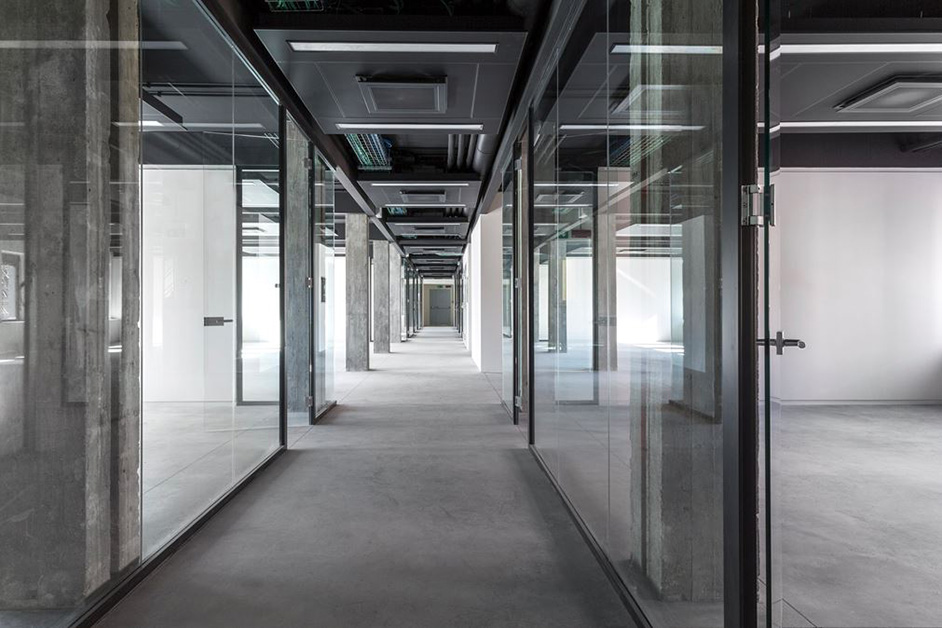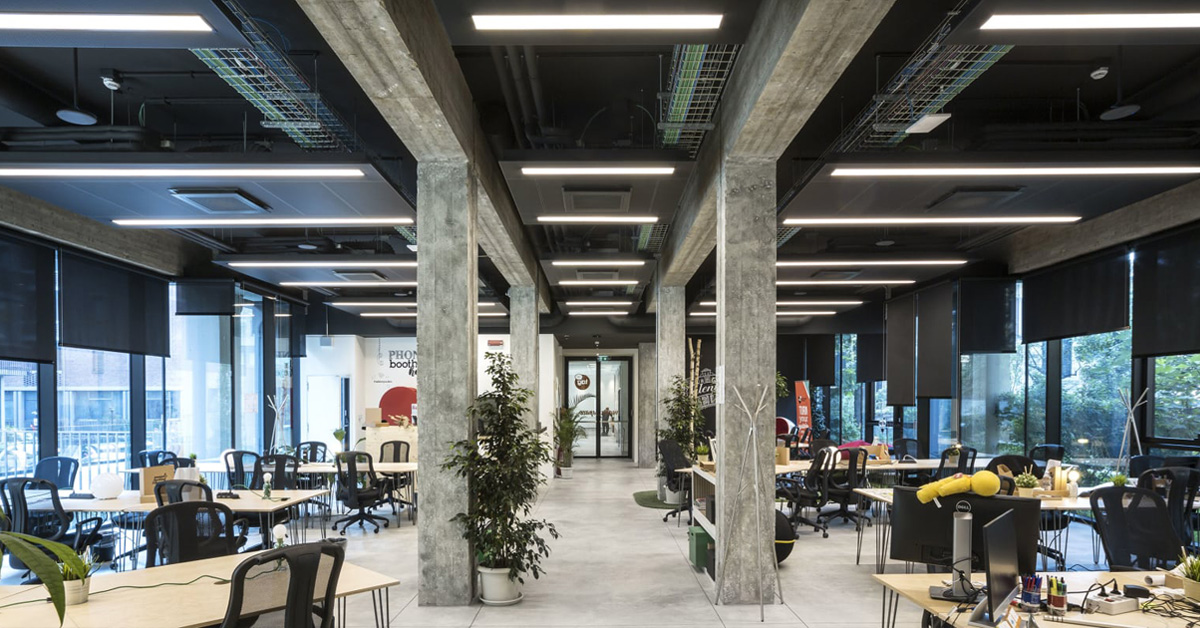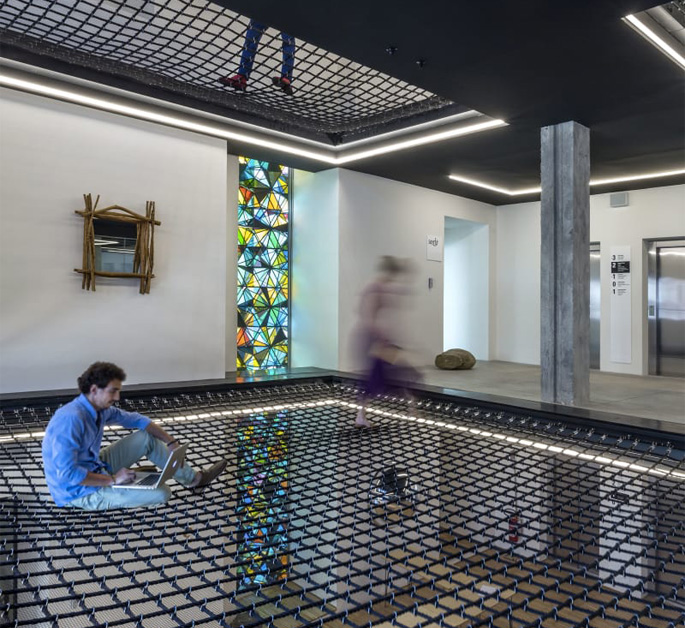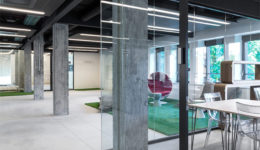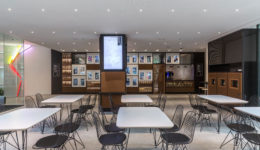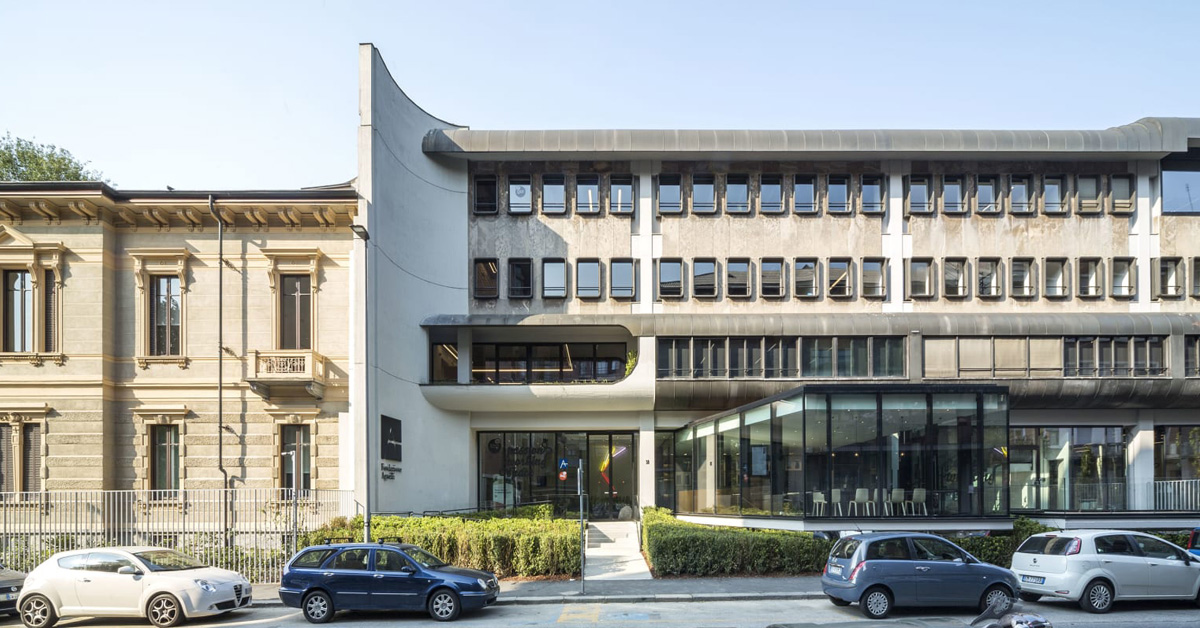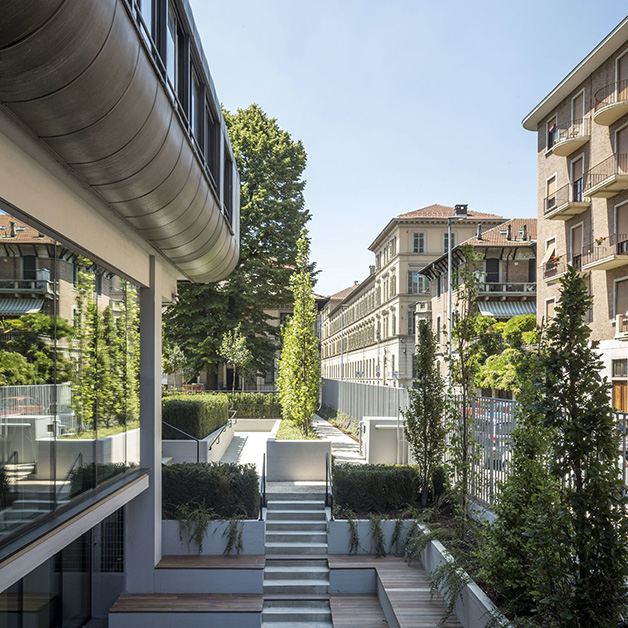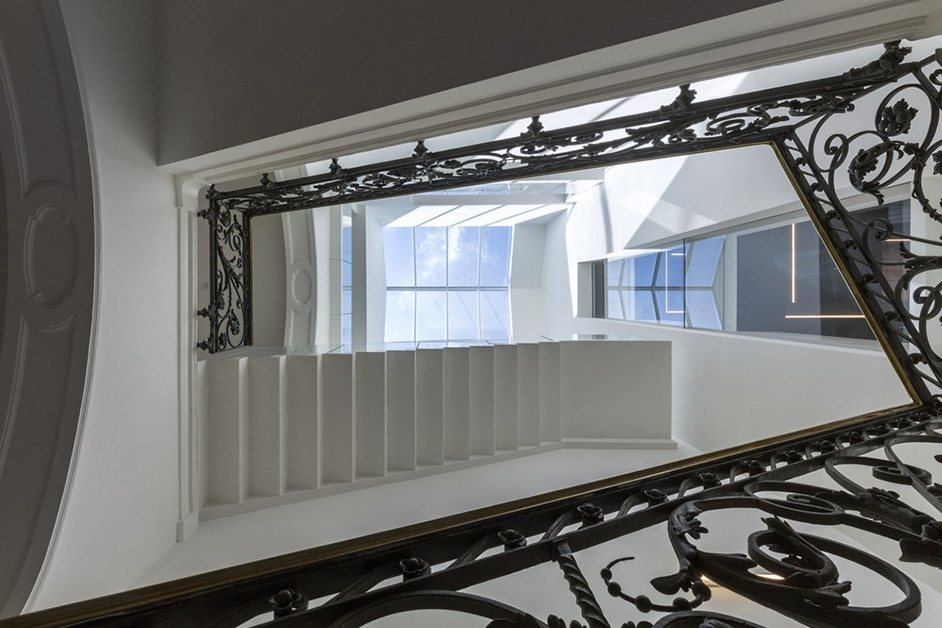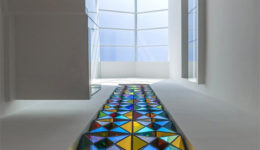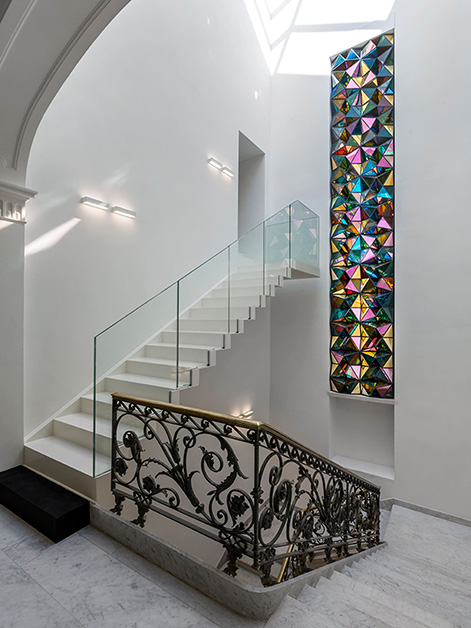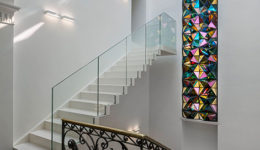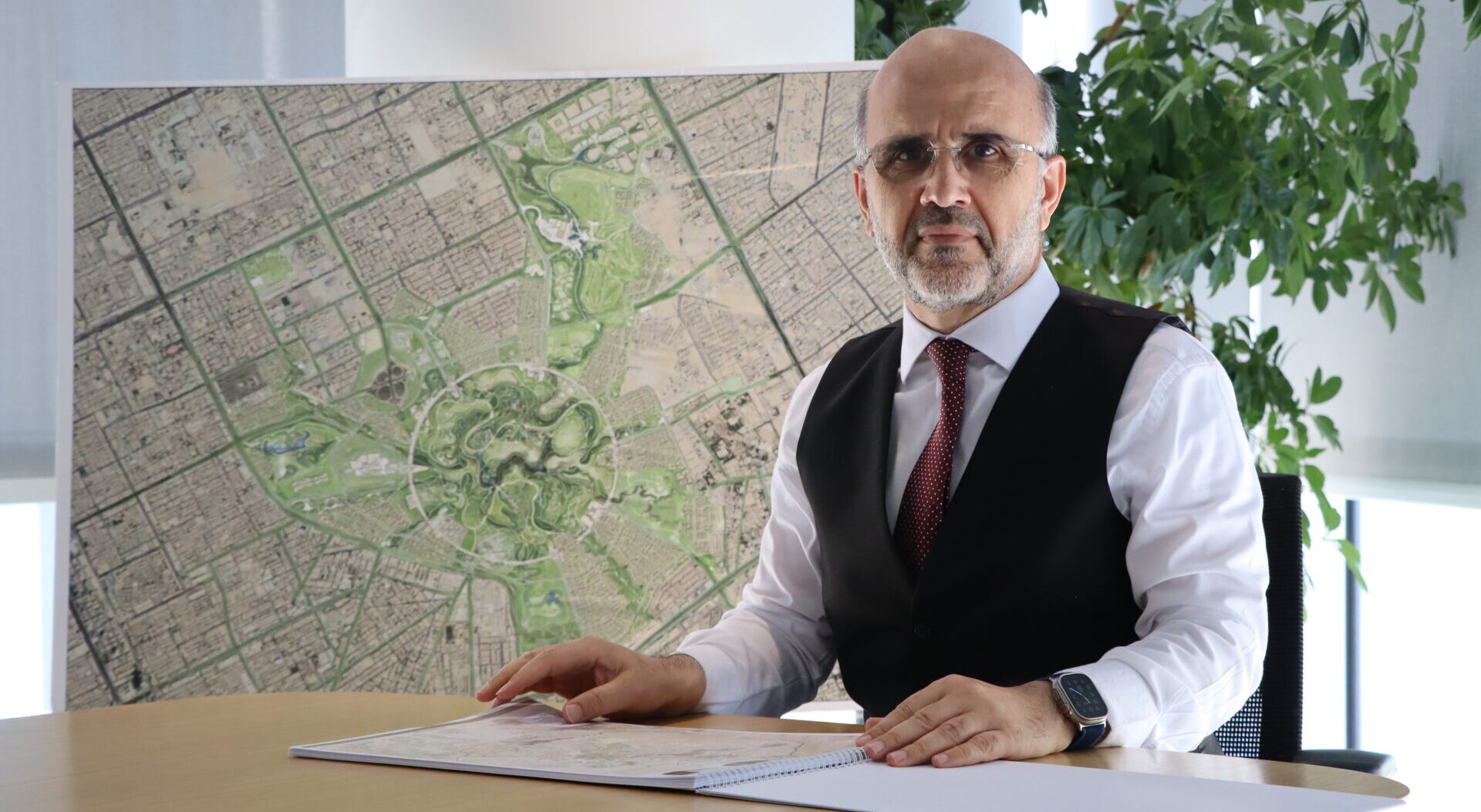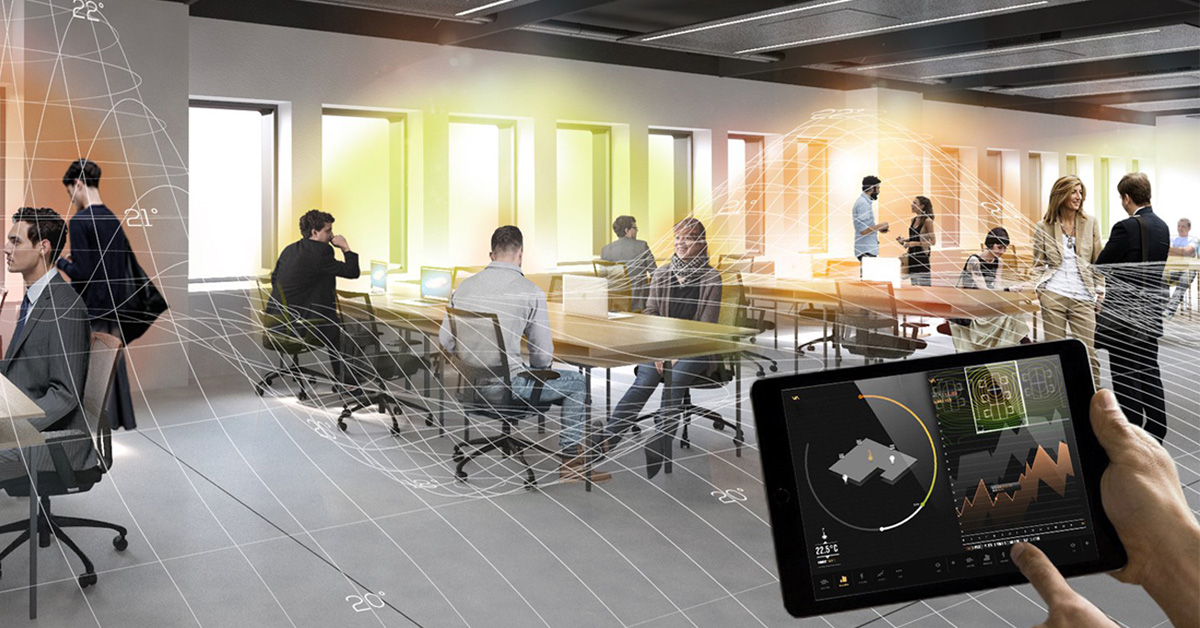 The “Office 3.0” concept by Carlo Ratti Associati creates personal temperature bubbles that follow individual occupants around the building.
The “Office 3.0” concept by Carlo Ratti Associati creates personal temperature bubbles that follow individual occupants around the building.
Referred to as “the first building in the world that interacts with people,” The Agnelli Foundation can create personalized atmospheric “bubbles” that follow inhabitants through the building.
The term “smart city” is a vaguely defined concept used to describe the integration of digital technologies into urban infrastructure to make the built environment safer, more sustainable, and more efficient. But smart cities must begin with smart buildings, and architecture firm Carlo Ratti Associati (CRA), based in Turin, Italy, has recently completed one of the smartest. The renovated Agnelli Foundation headquarters in Turin is a concrete example of how technology may dramatically transform the way we inhabit buildings.
In addition to creating a glass addition for the 100-year old building, CRA, working in collaboration with technology company Siemens, created a state-of-the art sensor system that not only monitors the building’s temperature and CO2 levels, but knows where everyone is and when rooms are empty. By using a custom smartphone app to connect with the digital building management system (BMS), each worker can set his or her preferred temperature and light levels.
Hundreds of sensors track individuals moving through the historic office building, adapting the interior environment of each room to fit the personal comfort level of whomever is occupying it. Essentially every occupant is wrapped in an individualized “thermal bubble” that follows them wherever they go, automatically adjusting a room’s temperature and lighting. Like a computer, any room that isn’t being used reverts to energy-efficient “standby” mode.
The “smart” environmental system at the Agnelli Foundation is the first architectural application of research that Ratti conducted at MIT that showed an enormous amount of energy is wasted by heating and cooling empty rooms — in office buildings as well as homes. The Agnelli Foundation avoids this wasted energy by essentially live-syncing building performance with occupancy data. It optimizes the building systems to reduce energy consumption by up to 40%.
As the urban environment become increasingly wired with sensors, cameras, fiber optics, and other technological advancements, buildings and cities will collect massive amounts of data. CRA envision the Agnelli Foundation as the beginning of an architecture uses this data in a responsible and useful way. If all goes well, it will be an architecture that’s more in tune with the human body, more comfortable to inhabit, more efficient, and better for the earth.






